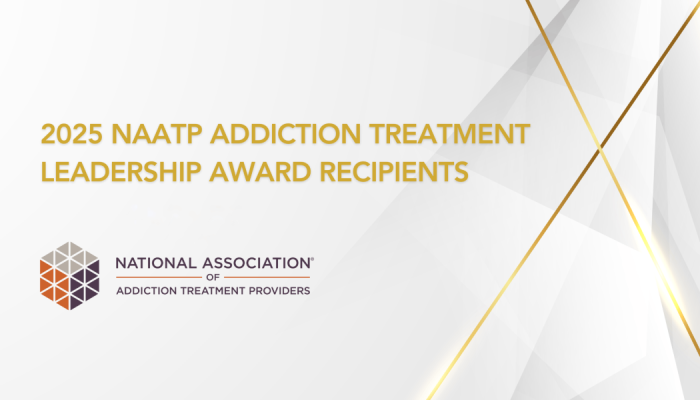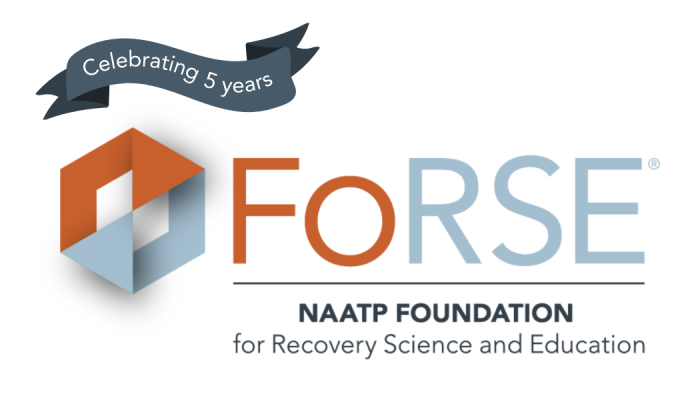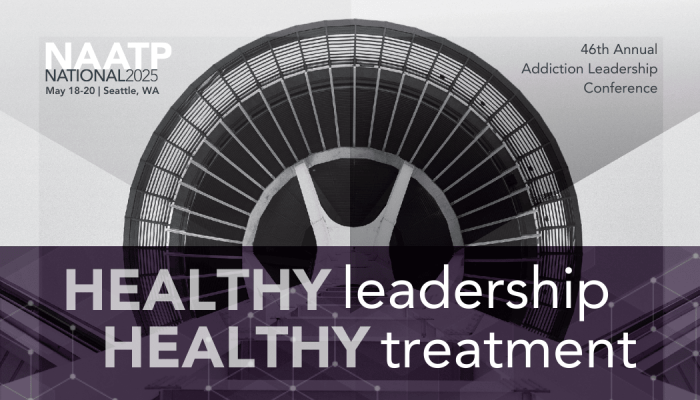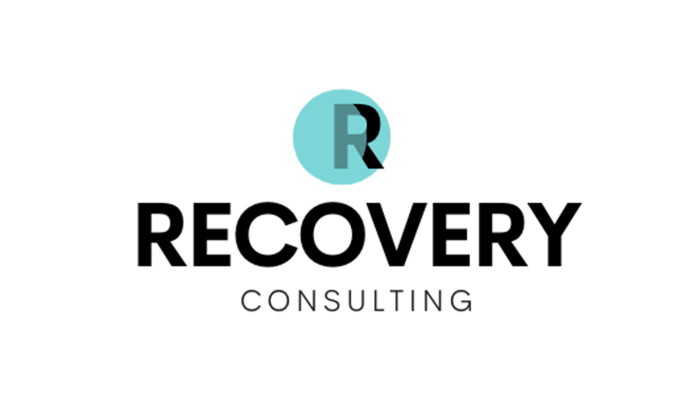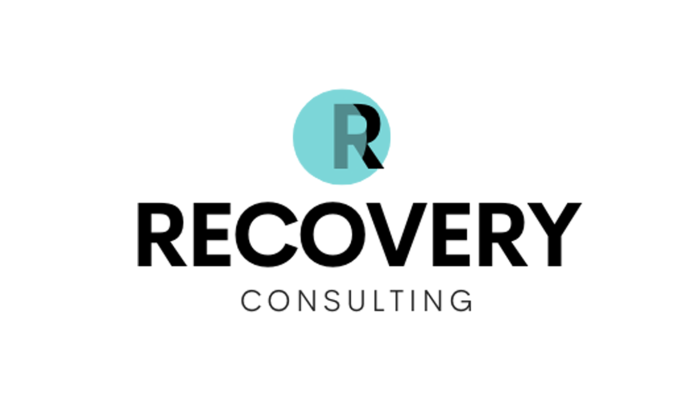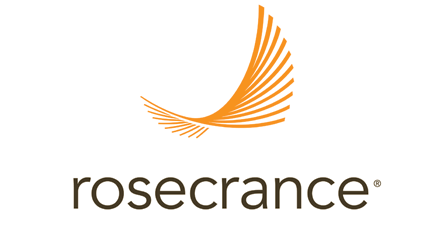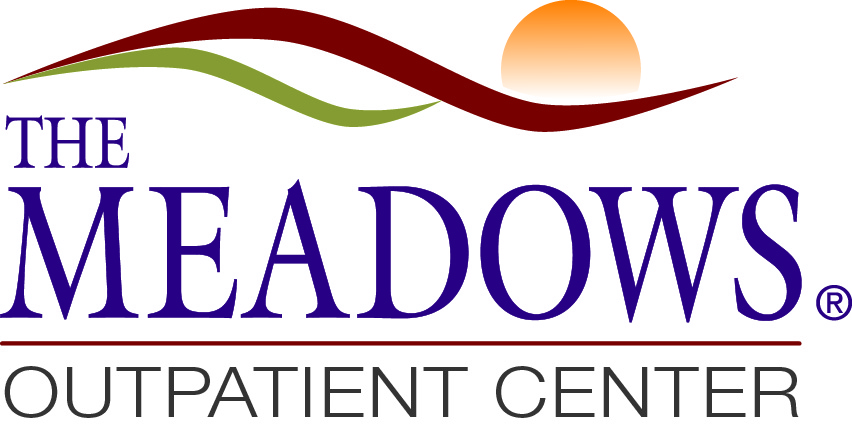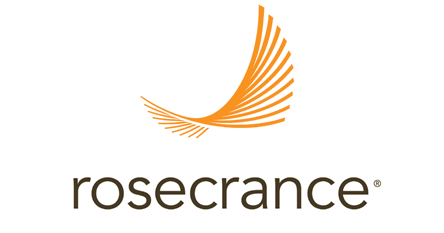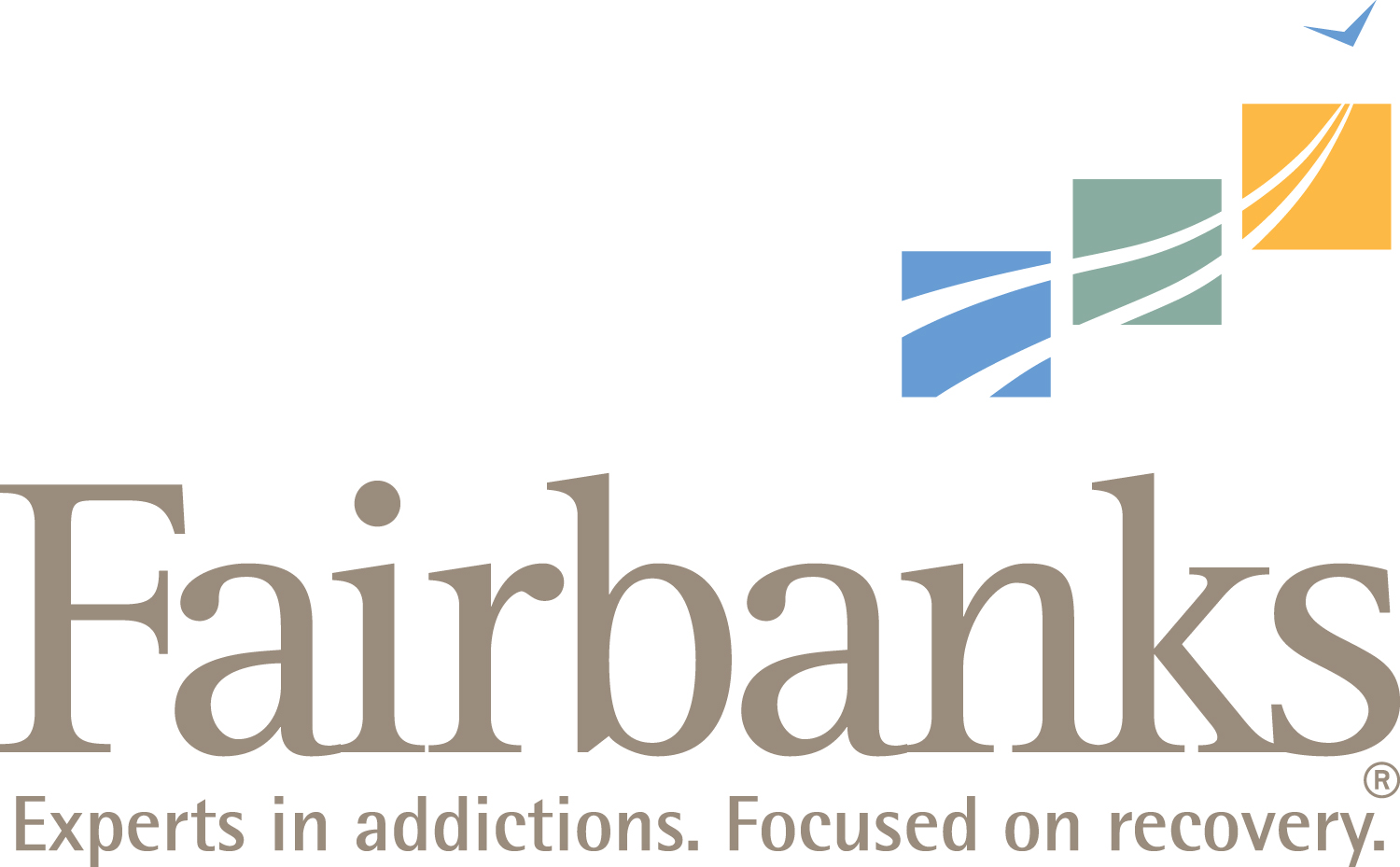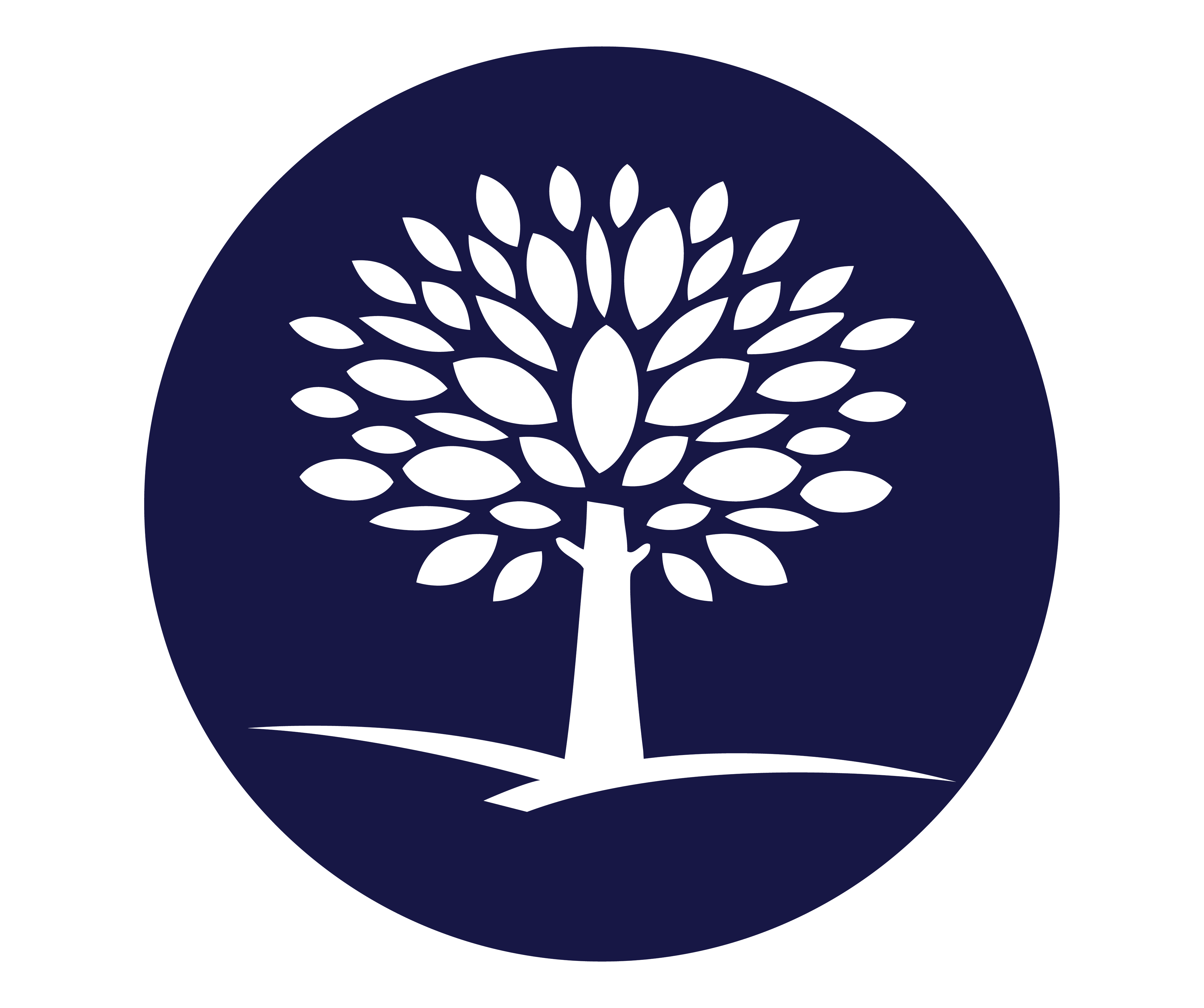Historically, substance misuse has been wrongly viewed and mistreated as an acute, behaviorally-centered condition. Conversely, the National Association of Addiction Treatment Providers recognizes addiction as:
- A primary & chronic disease
- A disease centered in the brain
- A disease with psychological & social components
As a chronic and relapsing brain disorder, addiction (or “substance use disorder,” as defined by the Diagnostic and Statistical Manual of Mental Disorders, Fifth Edition) is characterized by the National Institute on Drug Abuse as “compulsive drug-seeking and use despite adverse consequences.”[1]
Addiction Is Not a Lack of Willpower
Those who embrace the view of addiction as behaviorally-focused may also mistakenly believe that individuals misusing alcohol and drugs could, at any time, “make a decision” to quit based upon good intentions and force of will. In fact, this is one of the most widespread myths about addiction or SUD.
Though a person taking drugs may initially make a willful decision to engage in the behavior, we now know substance use leads to brain changes over time. These brain changes interfere with an addicted individual’s ability to deny themselves and resist the overwhelming compulsion to continue with drug use.
Substance Use & the Brain
Drugs are chemicals that produce euphoria and disrupt normal brain communication by tampering with the way neurons send, receive, and process signals. Different drugs elicit different brain responses, and they may do this by:
- Mimicking the brain’s natural neurotransmitters. Drugs like heroin and marijuana imitate natural neurotransmitters and trick the brain’s receptors into activating nerve cells. As the drugs latch onto and activate neurons, they send distorted or exaggerated messages to the central nervous system.[3]
- Flooding the brain’s “reward circuit.” Drugs like methamphetamine and cocaine cause a hyper-release of dopamine, a neurotransmitter involved in the brain’s reward system. As drugs produce a surge of dopamine, they powerfully “reinforce the connection between consumption of the drug, the resulting pleasure, and all the external cues linked to the experience. Large surges of dopamine ‘teach’ the brain to seek drugs at the expense of other, healthier goals and activities.”[3]
- Disrupting brain circuits and chemical systems that govern learning, memory, judgment, behavior, stress, and decision-making.[4] Even when a person understands the consequences of excessive drug or alcohol use, SUD leads them to ignore these consequences in the continual pursuit of drug-induced pleasure or the desire to fend off withdrawal symptoms.
Video by Addiction Policy Forum | Originally posted in the article "Is Addiction a Disease? Experts say YES."
A Blaring Microphone: Drug-Induced Rewards in the Brain
NIDA likens the difference between normal brain rewards and drug-induced brain rewards to the difference between someone whispering in a person’s ear versus shouting into a microphone. Over time, the brain “dials down” the volume on loud, drug-induced signals by producing fewer neurotransmitters in the reward circuit. This form of physical compensation leads a drug user to feel “flat,” or emotionless – unable to enjoy hobbies, relationships, and other things that previously motivated them. In the long term, it takes higher and higher substance levels to stimulate the reward system and produce the desired high. This phenomenon is known as “drug tolerance.”[3]
When Does a Person Cross Over from Drug Use into Addiction?
With daily or near-daily substance use, a person’s body becomes physically dependent on the drug(s) of choice. As a substance leaves the body, physical dependence leads to drug cravings and subsequent withdrawal symptoms.
“Drug tolerance” and “physical dependence” are terms describing the physical consequences of legal or illegal drug use. Physical dependence frequently leads to addiction or substance abuse disorder, though this is not always the case. “Unlike tolerance and dependence, addiction is a disease, but like tolerance and dependence, addiction can result from taking drugs or alcohol repeatedly,” reports NIDA.[5]
Addiction is the psychological condition that describes the compulsion to engage in drug use and harmful substance use behaviors at the expense of known health, relationship, or legal consequences. Because of the impact of addictive drugs on the brain’s circuitry, individuals in recovery from drug or alcohol addiction may relapse at any time.[6]
Since SUD is a complex brain disorder, it is difficult to pinpoint the exact moment when drug use becomes a substance abuse disorder. The American Society of Addiction Medicine (ASAM) reports that addiction is generally characterized by:
- An inability to stop using the substance
- Impaired behavior and self-control
- The regular presence of substance cravings
- Diminished ability to recognize behavioral or relationship problems
- Dysfunctional emotional responses to stimuli [7]
As reported by the ASAM, the presence of these characteristics does not prove a SUD diagnosis. “The diagnosis of addiction requires a comprehensive biological, psychological, social and spiritual assessment by a trained and certified professional.”[7]
The ASAM Short Definition of Addiction is as follows: “Addiction is a primary, chronic disease of brain reward, motivation, memory, and related circuitry. Dysfunction in these circuits leads to characteristic biological, psychological, social, and spiritual manifestations. This is reflected by an individual pathologically pursuing reward and/or relief by substance use and other behaviors.”[7]
The Value of Professional Addiction Diagnosis & Treatment
Renowned scholar William White, the author of NAATP’s history, believes the U.S. has tried to arrest and incarcerate its way out of the SUD crisis. Twenty-three and a half million U.S. adults 18 and over — 10 percent of the country’s population — are in recovery from drug or alcohol addictions. Only 11.2 percent of individuals in this group have received specialized treatment from a qualified addiction treatment facility. This statistic indicates that most U.S. adults with a substance use disorder do not get the help they need.
At the National Association of Addiction Treatment Professionals, we believe the Way Out of the addiction crisis is through education, delivery of quality treatment programs, and tenacious public policy advocacy.
Pertaining to quality treatment programs, the NAATP values the role of residential treatment as part of a full continuum of care and a viable choice for addiction treatment. We also value a comprehensive care model that is designed to address the bio-psycho-social, spiritual and medical needs of individuals and families navigating the disease of addiction.
As part of our desire to serve the public and participating treatment providers, the NAATP has developed a regularly updated Addiction Industry Directory (AID). This directory includes NAATP members in good standing and distinguished Accredited Providers who agree to abide by our stringent. If you or someone you love has become overly focused on substance use or has received a substance use disorder (SUD) diagnosis, visit our section for addiction treatment statistics and helpful information about selecting a treatment provider.
[1] National Institute on Drug Abuse. (2018). Drugs, Brains, and Behavior: The Science of Addiction.
[2] “Brain and Addiction.” NIDA for Teens, 1 Dec. 2014, teens.drugabuse.gov/drug-facts/brain-and-addiction.
[3] National Institute on Drug Abuse. “Drugs and the Brain.” NIDA, www.drugabuse.gov/publications/drugs-brains-behavior-science-addiction/drugs-brain.
[4] National Institute on Drug Abuse. “Understanding Drug Use and Addiction.” NIDA, www.drugabuse.gov/publications/drugfacts/understanding-drug-use-addiction.
[5] “Tolerance, Dependence, Addiction: What's the Difference?” NIDA for Teens, teens.drugabuse.gov/blog/post/tolerance-dependence-addiction-whats-difference.
[6] “Biology of Addiction.” National Institutes of Health, U.S. Department of Health and Human Services, 8 Sept. 2017, newsinhealth.nih.gov/2015/10/biology-addiction.
[7] “American Society of Addiction Medicine.” ASAM Definition of Addiction, www.asam.org/resources/definition-of-addiction.




